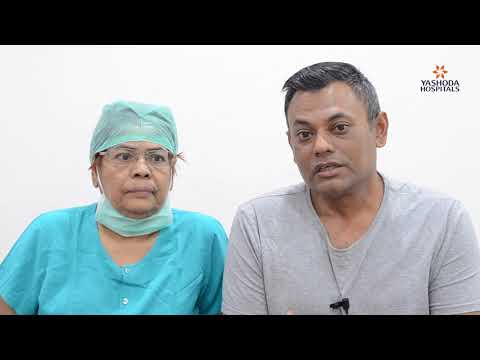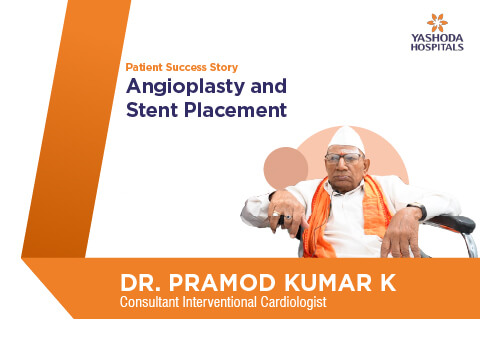Patient Testimonial for Knee Replacement Surgery
- Patient Name
Mrs. Shakuntla Kundu - Treatment for
Knee Replacement Surgery - Treated by
Dr. Dasaradha Rama Reddy Tetali - Speciality
Orthopedic - Procedure
Knee Replacement Surgery - Patient Location
Hyderabad
Testimonial by Mrs. Shakuntla Kundu
Osteoarthritis is caused by the slow destruction of the protective cartilage that covers the ends of the bones. Although it can affect any joint, it most frequently affects the hands, knees, hips, and spine.
Knee replacement surgery repairs the surface of arthritis-affected joints by replacing the ends of the bones that make up the knee joint with metal or plastic component caps.
An incision is made in the knee to begin the procedure. The surgeon first removes the damaged surfaces of the knee joint, then replaces them with a metal or plastic prosthesis. A surgical cement is used to attach the prosthetic to the bone. To close the incision, stitches or surgical staples are applied. A drain could be put into the wound to drain liquids. It will be bandaged and covered with a sterile dressing. Similar surgery is performed on another knee.
For an extra two to three days after the procedure, the patient will be monitored closely at the hospital. The patient will receive help from a physiotherapist in recovering good range of motion and muscle strength. The patient is encouraged to take medicines if they are experiencing pain. In order to protect the recovering joint, he must avoid falling. The patient will need six weeks to recover completely.
Mrs. Shakuntla Kundu from Hyderabad, underwent a Knee Replacement Surgery, under the supervision of Dr. Dasaradha Rama Reddy Tetali,HOD & Senior Consultant Orthopaedic Surgeon, Yashoda Hospitals, Hyderabad.













 Appointment
Appointment Second Opinion
Second Opinion WhatsApp
WhatsApp Call
Call More
More





